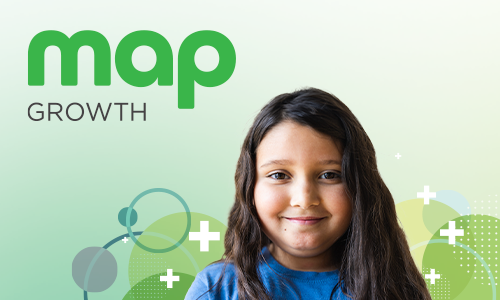Get pragmatic, helpful classroom tips from former educators that can help you save time and help more students reach their potential.

Ebook
Proven to help kids grow
Read about approaches that can support all the learners in your classroom with our Best of Teach. Learn. Grow. eBook on research-backed instructional strategies.

Article
How to reach more students
Data isn’t just about identifying students in need of intervention. It can also help illuminate opportunities for teachers to reach students across the entire achievement spectrum.

Website
Leading the way in measuring growth and achievement
MAP® Growth™ supports more students in more grades across more subject areas than any other assessment provider. With MAP Growth data in hand, teachers have the insights for delivering the right instruction at the right time.